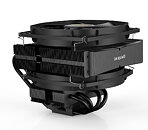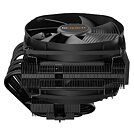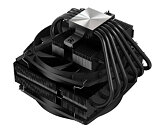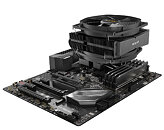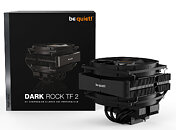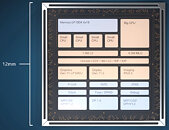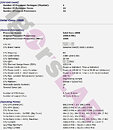
AMD Ryzen 7000 non-X Series to Launch on January 10th
A few months ago, AMD has launched its highly anticipated Ryzen 7000 series of processors based on Zen 4 architecture. However, the company only launched the "X" SKUs (example being 7900X) for now, while the remaining ones are awaiting a launch date. Today, we have information from VideoCardz that confirm AMD's new launch on January 10th, when team red plans to update its remaining processor family with Ryzen 7000 series non-X SKUs. There will be three initial models to choose from Ryzen 9 7900 (12C/24T), Ryzen 7 7700 (8C/16T), and Ryzen 5 7600 (6C/12T). These SKUs follow the traditional Zen 4 path; however, the only distinction from their "X" counterparts is the reduced TDP to 65 Watts, down from up to 170 Watt TDP in some of those models.
A leaked slide from AMD's product presentation regarding these SKUs is a comparison between AMD's own Ryzen 9 5900X and Ryzen 9 7900, where the Zen 4 variant successfully beat the older SKU by a significant percentage. Pricing and further details are listed on the slides below.
A leaked slide from AMD's product presentation regarding these SKUs is a comparison between AMD's own Ryzen 9 5900X and Ryzen 9 7900, where the Zen 4 variant successfully beat the older SKU by a significant percentage. Pricing and further details are listed on the slides below.













































